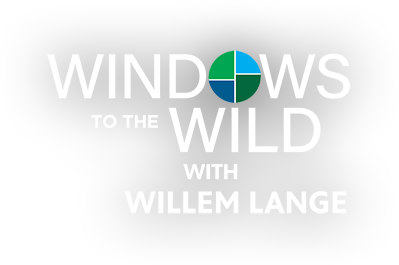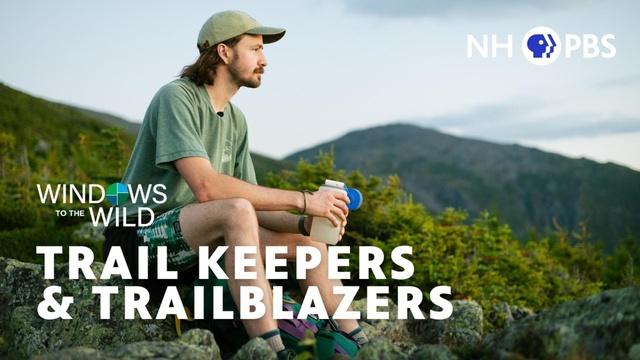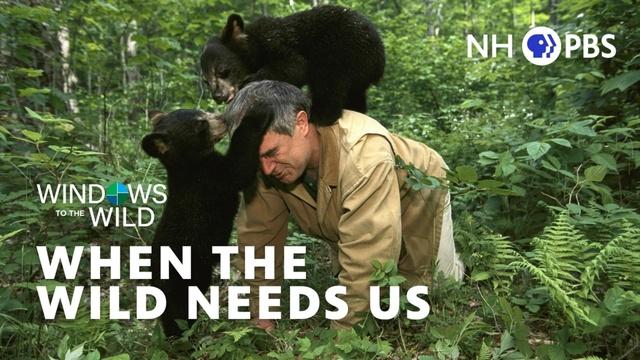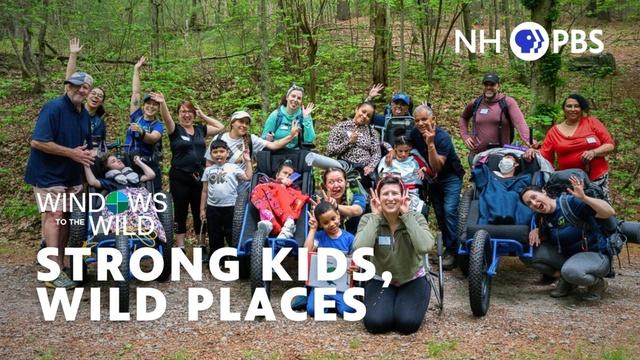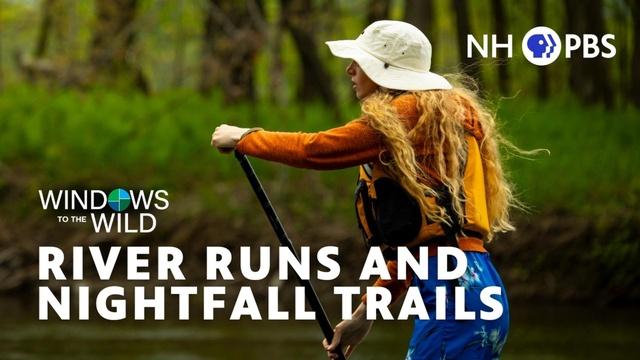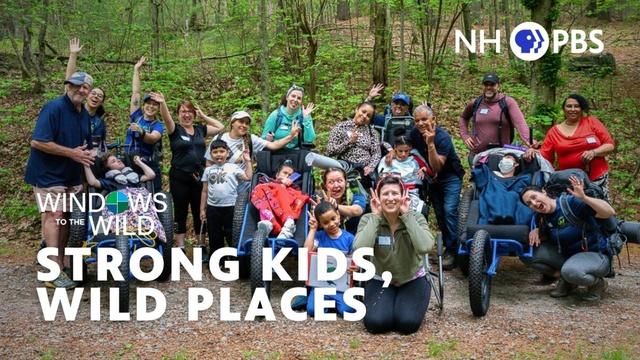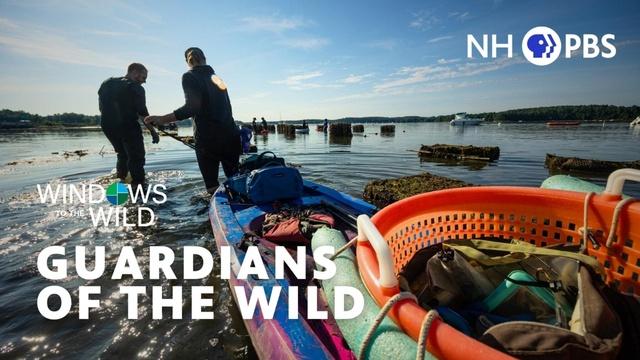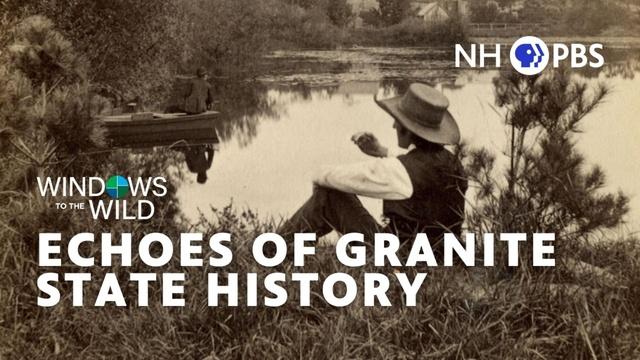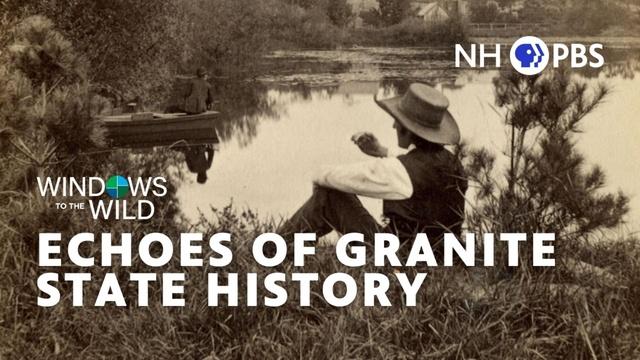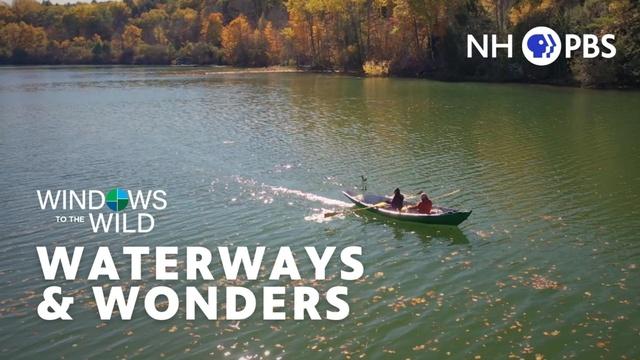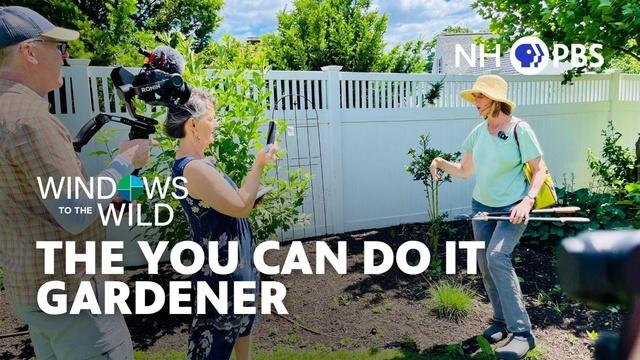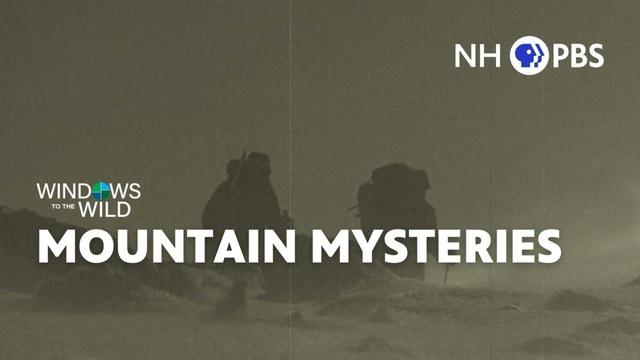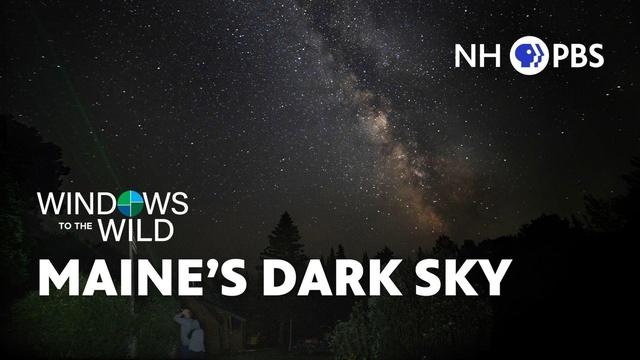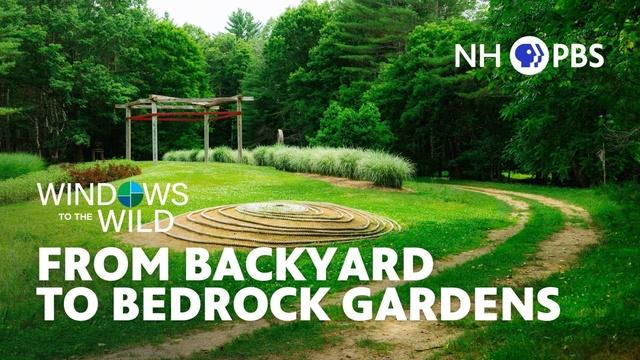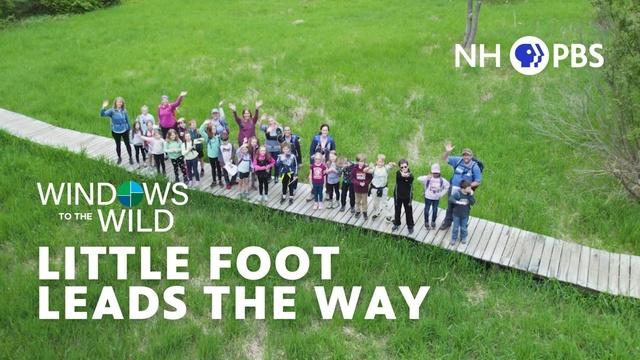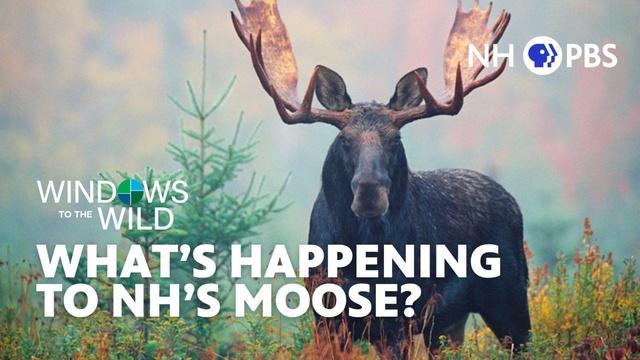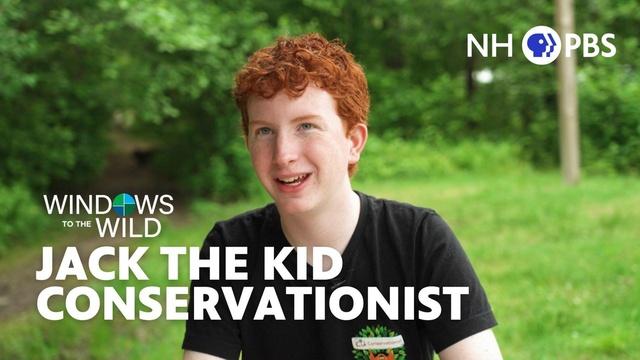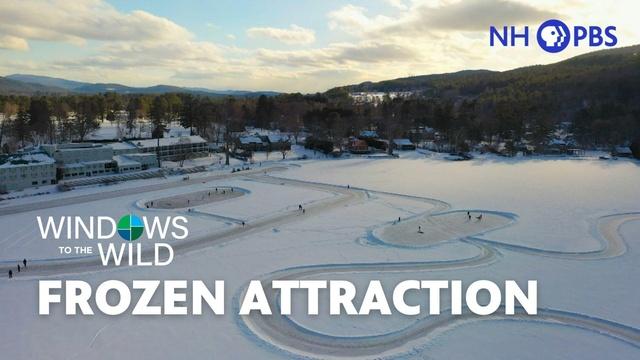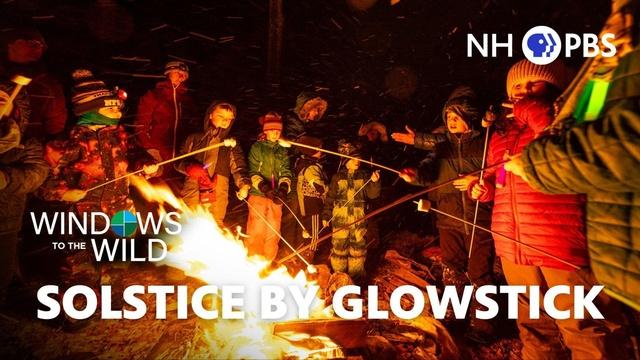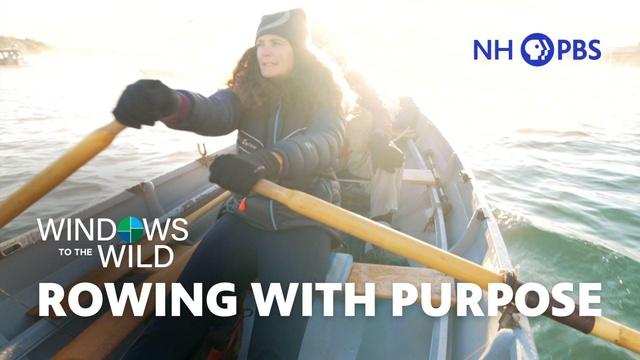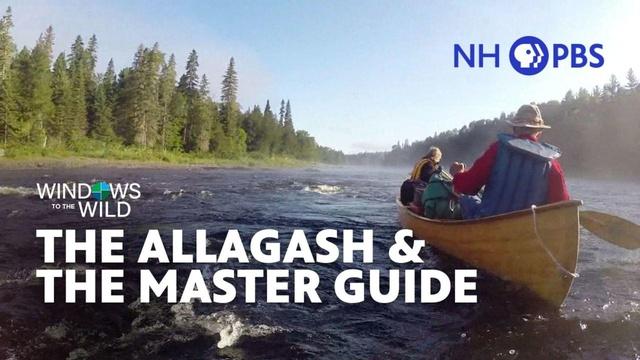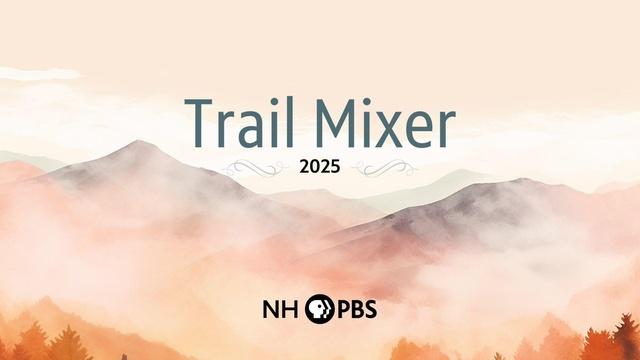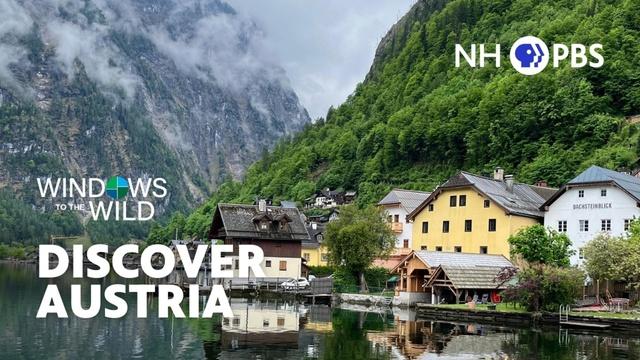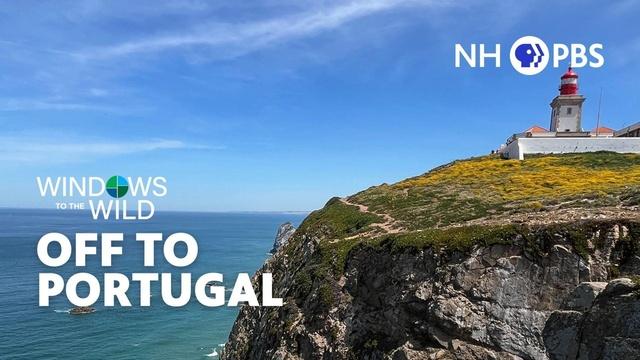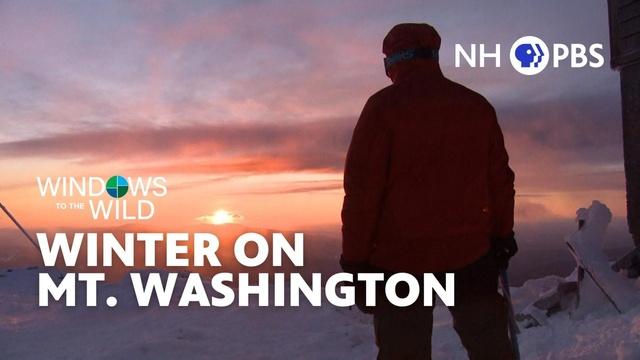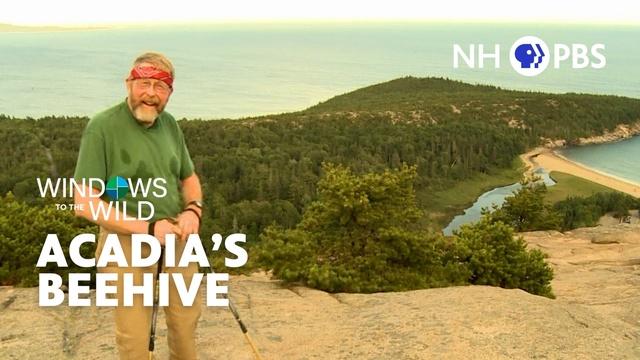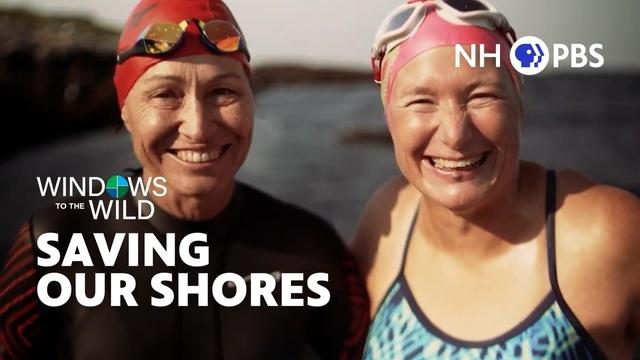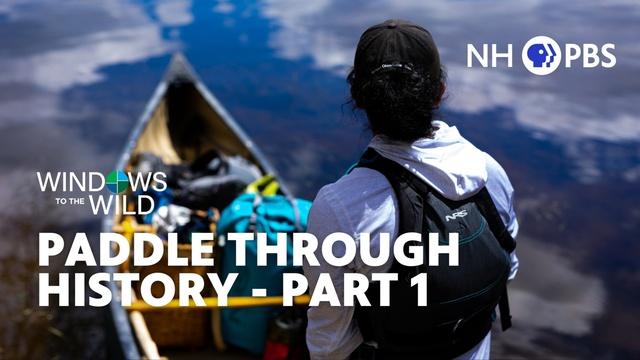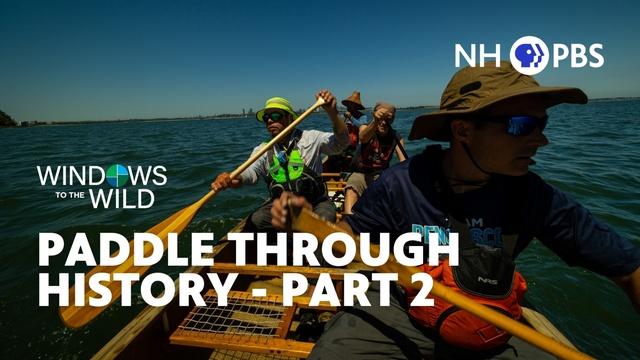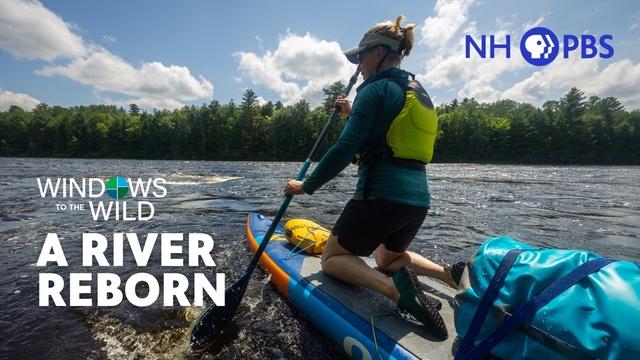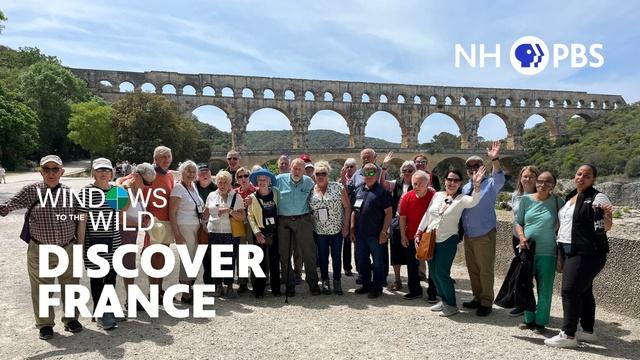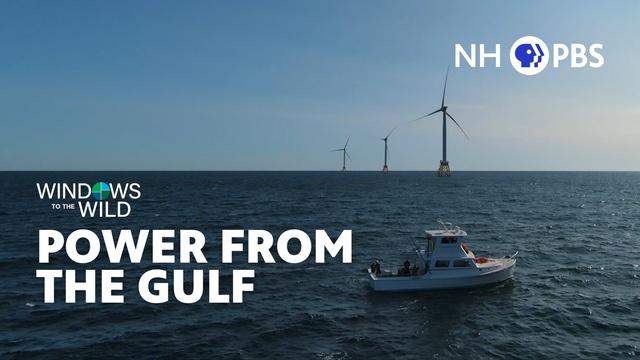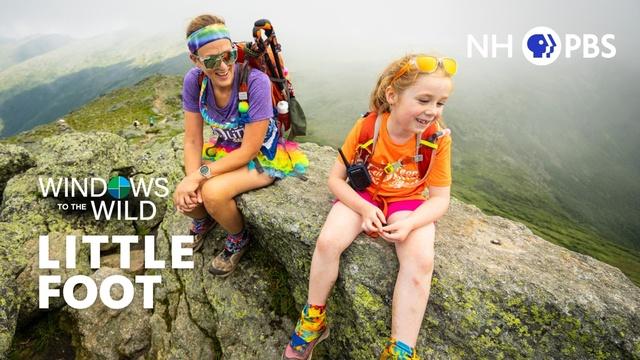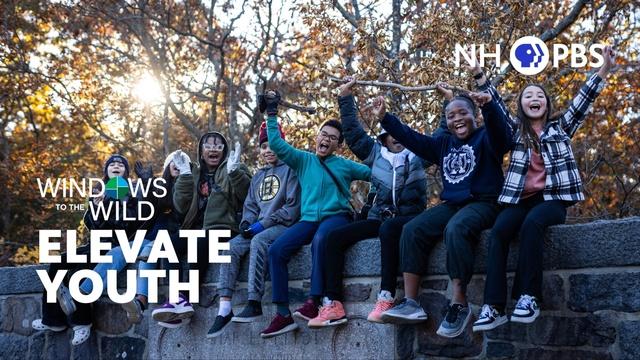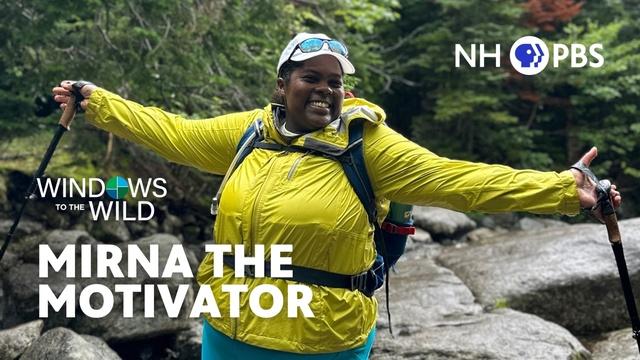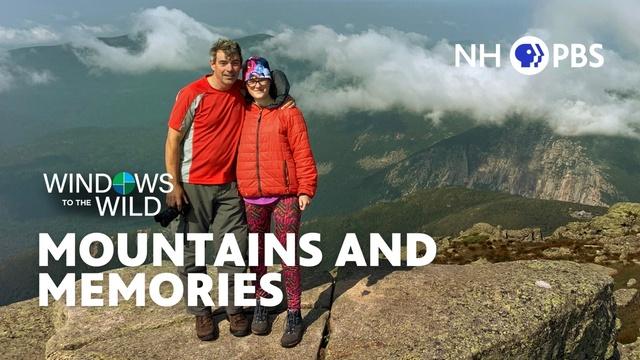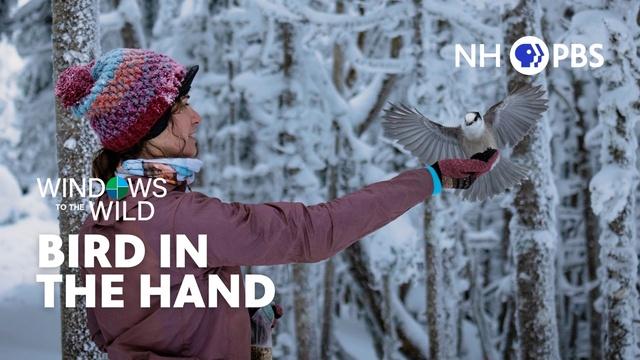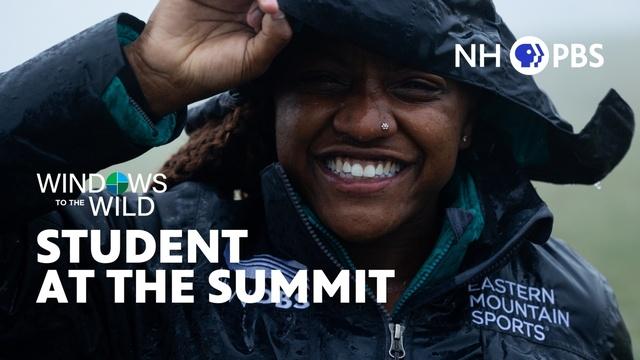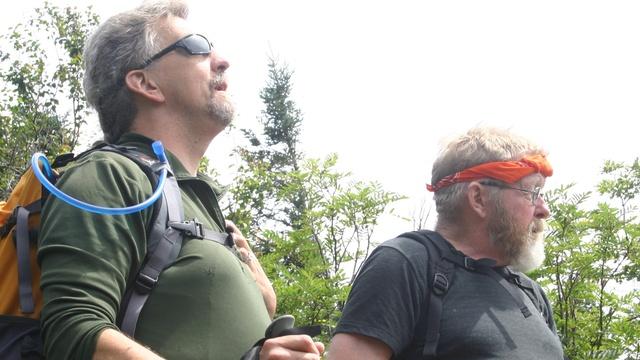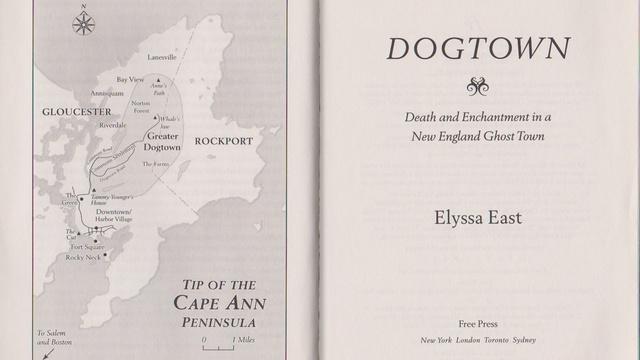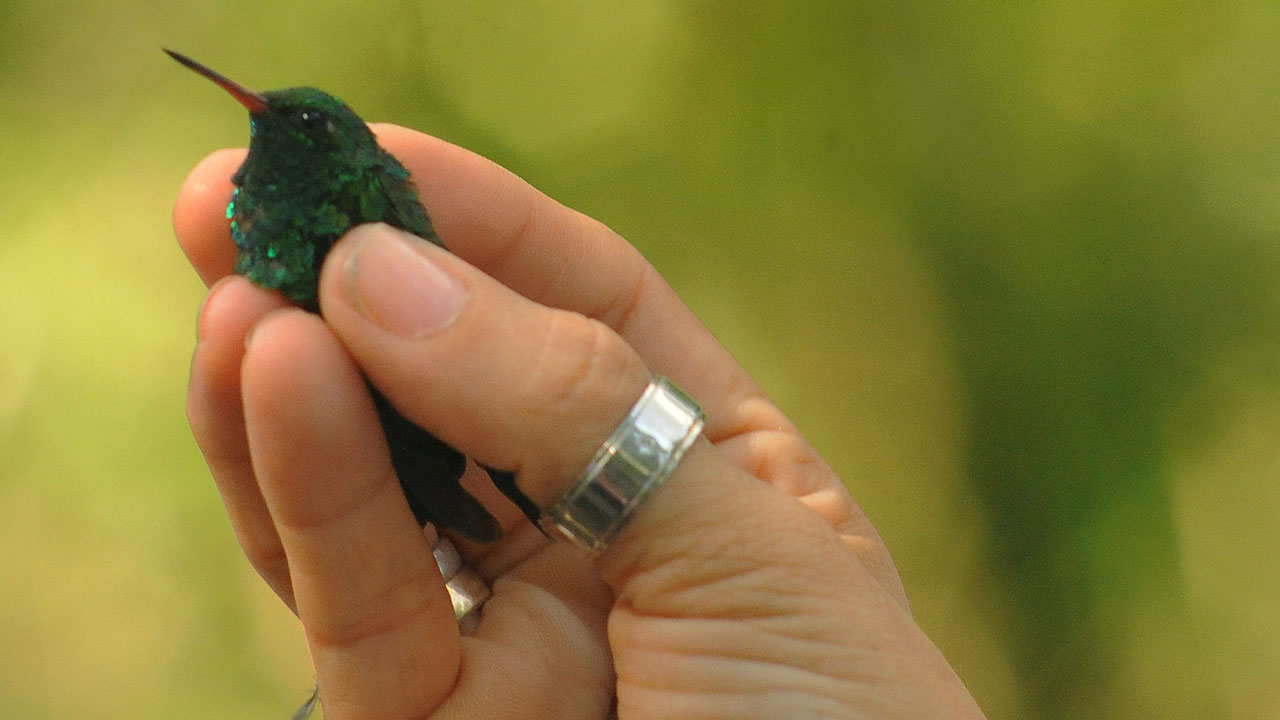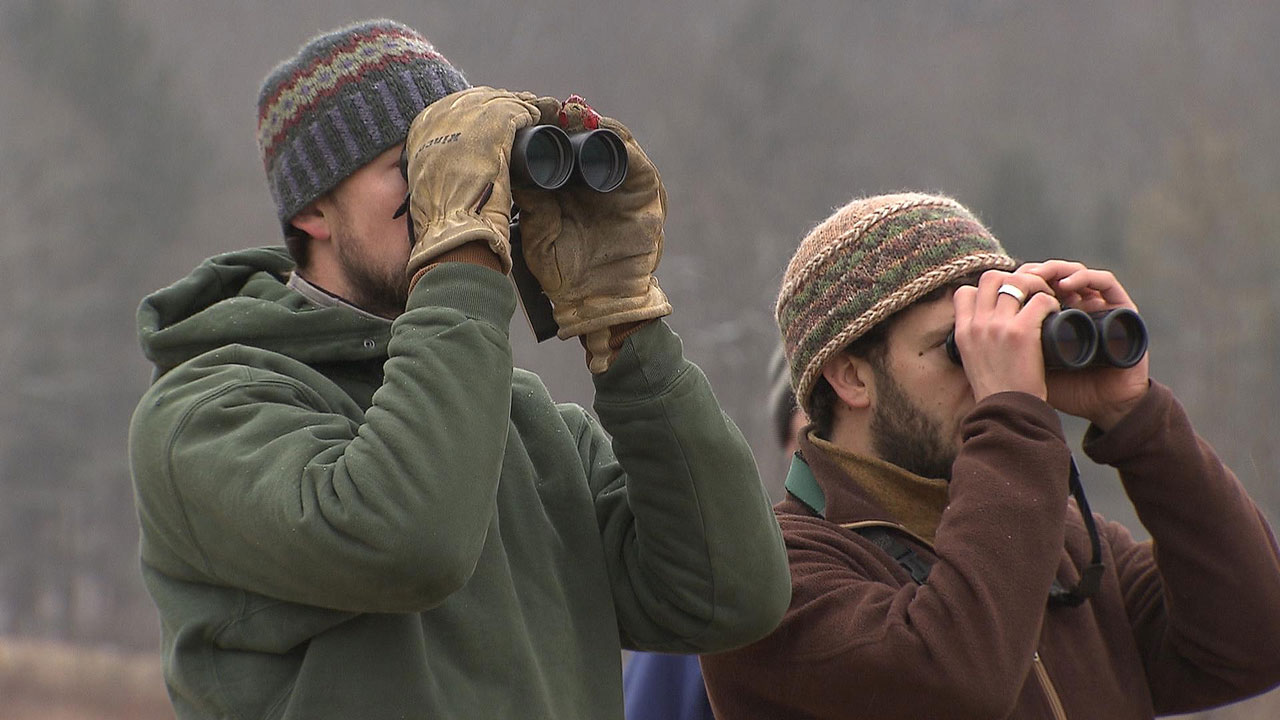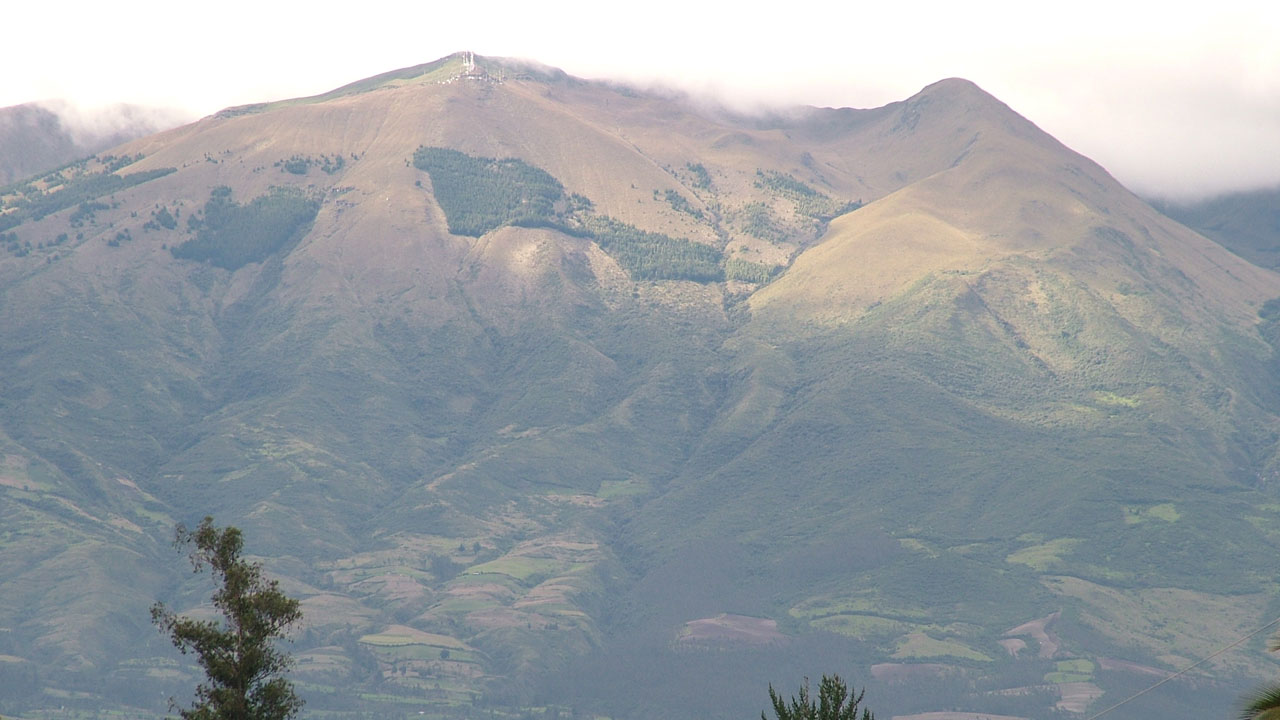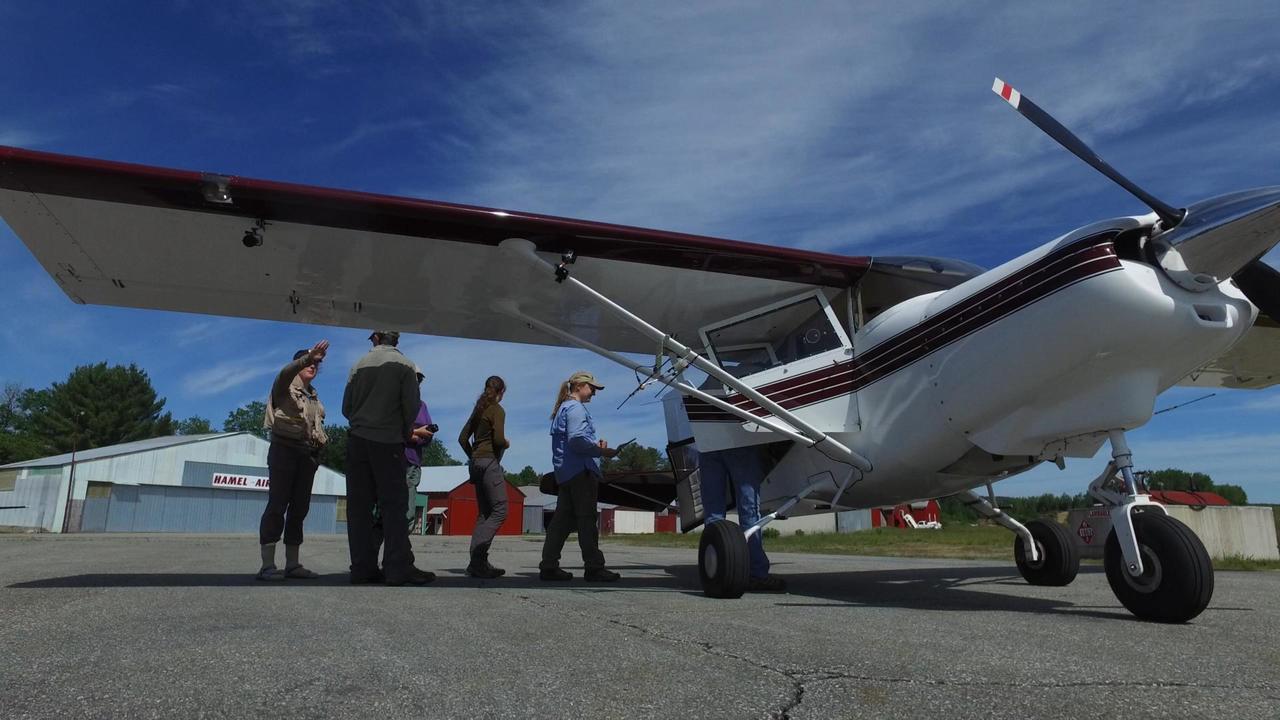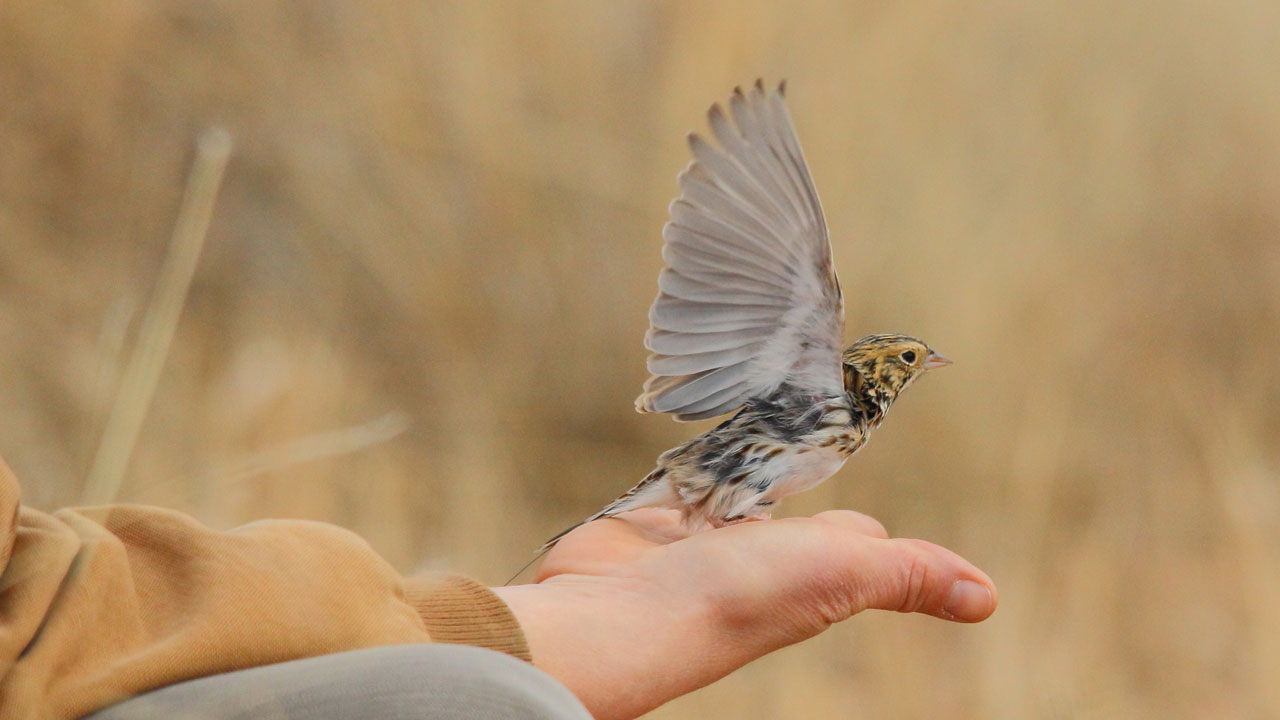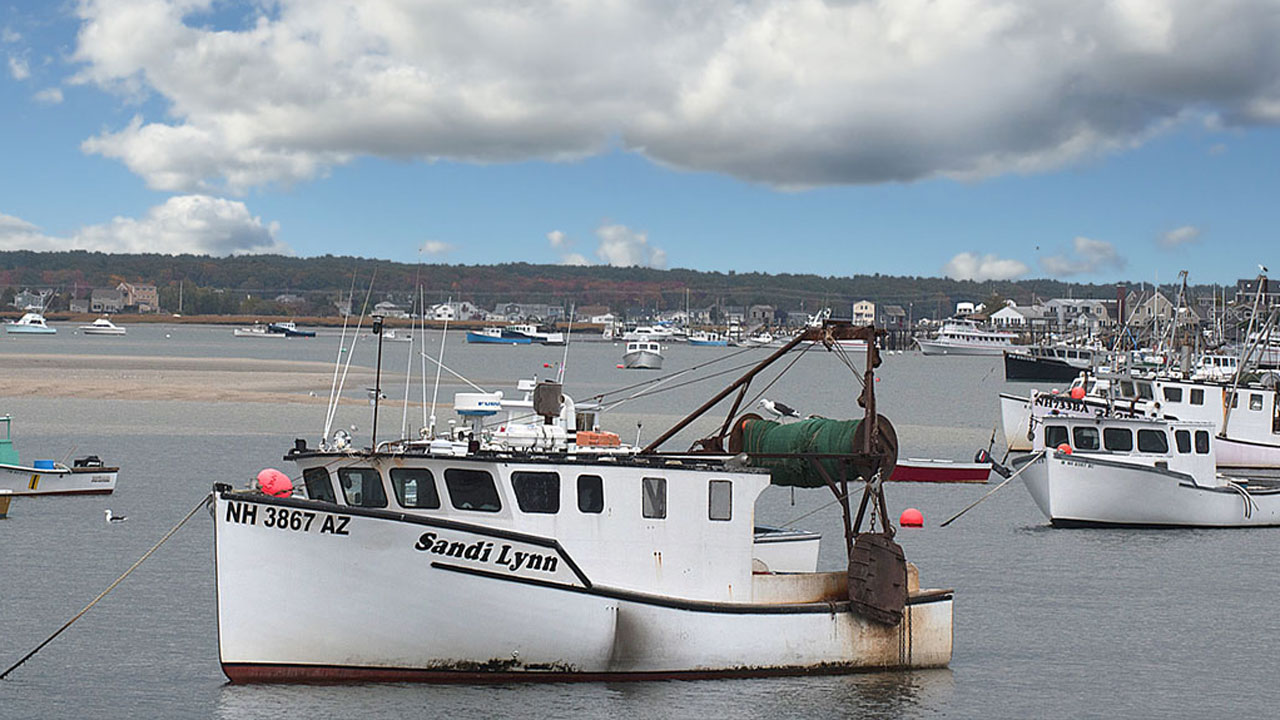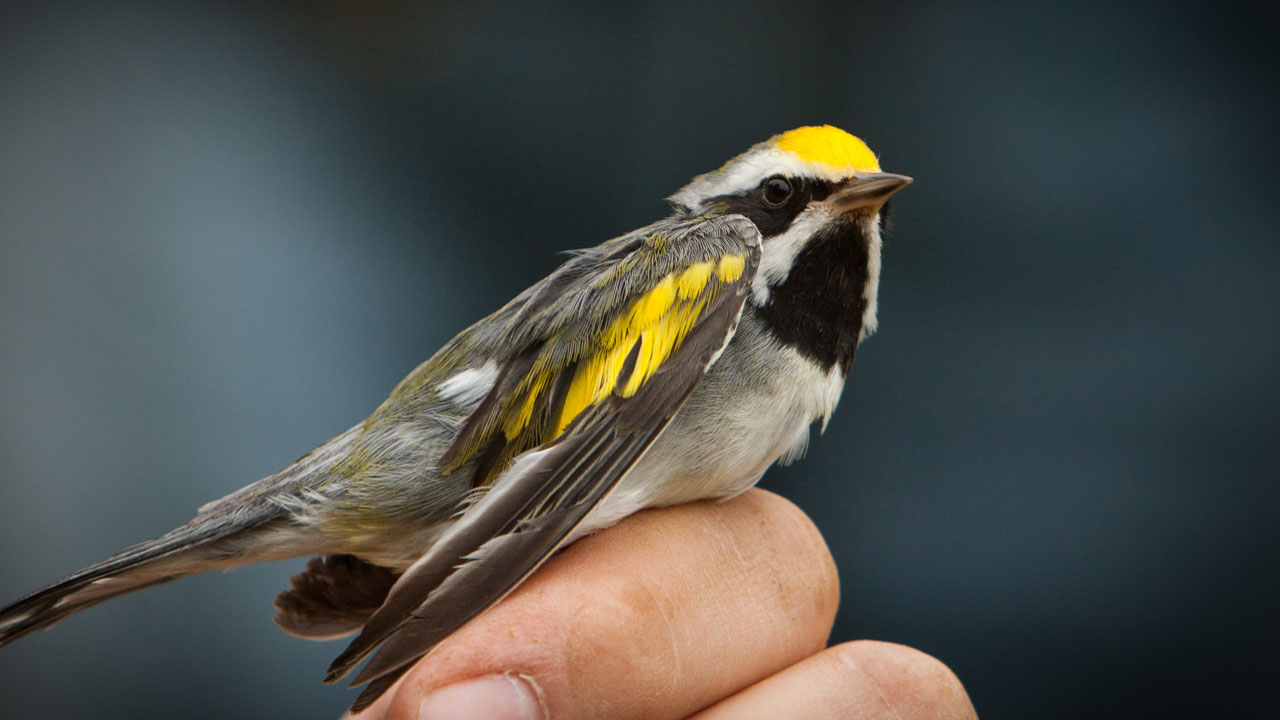Willem Lange: Yankee Notebook
4/19/2020
Right after breakfast most days, Kiki and I have what I call Chair Time. She's already been outside, clearing the premises of vicious robins and mourning doves, and I've washed the breakfast dishes and wiped down the counters with Lysol on a paper towel. Now I put the telephone and still-half-full coffee cup on the little table beside the recliner in the office, wrap a fleece around my legs, and lean back. A few seconds later, about twenty pounds of expectant little terrier leaps up, checks the territory, and settles down with a sigh between my knees, sometimes facing away, and other times, toward me.
If I've already picked up a book or a newspaper, I set it down temporarily on my chest and reach down to scratch whichever end of her is closer. The warmth of her body suffuses the two square feet of me that she occupies. As I touch her, I can feel the effects of the connection: My pulse and respiration rate slow, and my blood pressure drops. Not that I'm concerned about any of those. She, just by being there and being who she is, has smoothed and soothed them further.
It's during those interludes, which last anywhere from a few minutes to as much as an hour, that I remember to thank those two great pioneers: the aborigine who first thought to share some of his food with a hungry, watching wolf; and the wolf, who decided to cast his lot with the man and his people. The compact they forged prefigured the much later one we're all familiar with: "From this day forward, for richer, for poorer, in sickness and health, to love and to cherish, until we are parted by death." That event, lost in the mists of prehistory, and the millennia of an evolving relationship ever since, have led to this one, in which a little ginger-colored terrier, bred to kill small threats and bark furiously at big ones, settles down instead in an old man's lap and affirms that life – at the moment, at least – is wonderful.
Like many of the features of our culture, our relationship with our dogs is expressed in many forms, from bumper stickers – "Try To Be the Person Your Dog Thinks You Are" – to ironic aphorisms – "If you want a friend in Washington, get a dog!" Our presidents are often pictured with their dogs: Calvin Coolidge's white collie, Rob Roy; FDR's Scottie, Fala; LBJ's beagles, Him and Her; Nixon's Checkers; right up the present time, when the almost eerie absence of a dog anywhere in the presidential family – the first since James Polk in the 1840s and Harry Truman one hundred years later – speaks volumes. I'm always tickled when the Irish Prime Minister's Bernese, Bród, who seems never to leave him, disrupts official events with none-too-subtle requests for belly rubs.
They're not called Man's best friend for nothing. Once they've fixed on a human friend, they'll stick with him or her or them to the bitter end. You see dogs nestled in the arms of beggars, sharing whatever largesse the passing parade offers. In Edinburgh, you can rub the shiny bronze nose of the statue of Greyfriars Bobby, the little Skye terrier who for fourteen years guarded the grave of his dead master, till Bobby died himself. And if you'll google "Old Drum Speech," you'll be treated to an oration on the subject that may leave you in tears, just as it did a Missouri jury in 1870.
Our last dog, a Sheltie mix named Tucker, was so intelligent and eager to please that I hated to ask for any favors. She ran for cellphones, my wife's specs, slippers, and even took my wife's bank deposits into the lobby, and up onto a chair, in a little purse. When she died – a really horrible day – and my wife was getting past caring for another, I decided that was it for me. No more.
But in a conversation with Tom Ryan (his Following Atticus was a best-seller), in which I lamented there was no way I could replace Tucker, he said, "You can't replace a dog, any more than you can replace a leg or an arm. You get another, let it be who it wants to be, and soon it'll be a part of you." I was living alone, except for runs to the nursing home; so I thought, "Why not?" and let the kids know I was looking.
That evening Kiki, then a puppy, popped up on my computer screen, right in the middle of a page I was working on. "Here's your next dog, Dad!" said a post from my daughter Martha. "She's in Texas. You better apply tonight." Kiki is now approaching the end of her third mud season.
I see that all over America people hunkering at home and yearning for affectionate companionship are adopting record numbers of shelter dogs who've been waiting for new homes. Just watching the faces of both the adopted dogs and their new people as they meet is balm for the troubled soul. I wish them the continuing pleasure of getting to know each other intimately, of walks and runs in open country, and the bliss of utter trust and unconditional love expressed by a warm bundle of fur nestled between a pair of human knees. It's the ultimate in holistic healing. The whole world needs a dog.
Return to the
Windows to the Wild
Main Page
WINDOWS TO THE WILD WITH WILLEM LANGE is generously supported by the Alice J. Reen Charitable Trust, John D. McGonagle Foundation, Bailey Charitable Foundation and Road Scholar.
Watch Online
TV Schedule
-
discover austria
Windows to the Wild
Sunday, 12/21 at 10:00 A.M. on NHPBS -
making tracks
Windows to the Wild
Saturday, 12/27 at 10:30 A.M. on EXPLORE -
new year's moosilauke hike
Windows to the Wild
Saturday, 1/3 at 10:30 A.M. on EXPLORE -
community outing
Windows to the Wild
Saturday, 1/10 at 10:30 A.M. on EXPLORE
Learn More...
- Manchester Cedar Swamp Preserve
The Nature Conservancy
Podcast
Listen on your favorite podcast platform
Thanks to our podcast partner: The Marlin Fitzwater Center for Communication at Franklin Pierce University

